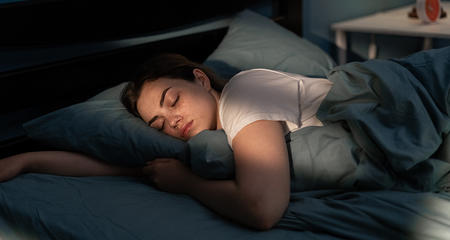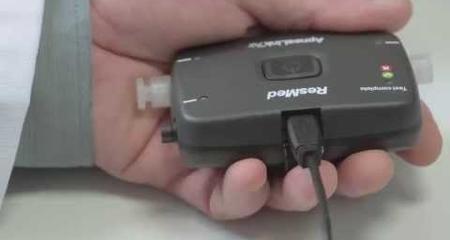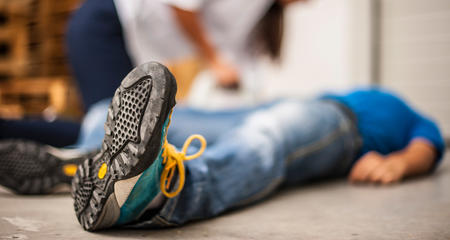Apnea means “without breath.” Obstructive sleep apnea is the most common sleep disorder diagnosed by sleep study centers. Obstructive sleep apnea occurs when soft tissues in the rear of the throat relax and collapse, closing the airway. A person with sleep apnea stops breathing during sleep for 10 seconds or more, or the breathing is substantially reduced.
These episodes may last as long as 90 seconds and occur several hundred times a night. Sleep is often disrupted as the person may gasp, wake up, then go back to sleep. Heavy snoring usually precedes these episodes, followed by a loud snort.
It is commonly believed that at least 5 percent of women and 15 to 20 percent of men between the ages of 30 and 60 have some element of sleep apnea. However, approximately 70 percent of people with sleep apnea have never been diagnosed.
Sleep Apnea Health Issues, Symptoms and Risks
Snoring is the most common complaint, along with frequent episodes of obstructed breathing during sleep – something a bed partner is often very aware of. Many people also have daytime sleepiness. Other symptoms are common to all sleep disorders.
As with all sleep disorders, sleep apnea has some serious health risks. Sleep apnea is a risk factor for high blood pressure and cardiovascular disease, including stroke. Research shows that at least 40 to 50 percent of patients who have had an acute stroke have pre-existing sleep apnea.
Having a family history of sleep apnea, being male, or being overweight are risk factors for sleep apnea. Most sleep apnea patients are overweight, but about 20 percent are of normal weight. A large neck (over 17 inches in males and 16 inches in females) is the most closely correlated physical trait for sleep apnea.
Treatments for Sleep Apnea
Losing weight and practicing good sleep habits can help relieve symptoms, but the most effective long-term treatment is with a continuous positive airway pressure device, CPAP. This fitted mask worn at night delivers enough air pressure to keep the upper airway open.
Behavior changes to help treat sleep apnea
Minor sleep apnea can often by relieved by making simple lifestyle changes. Some of the following self-help treatments for sleep apnea may work for you.
- Lose weight – One of the most significant remedies for sleep apnea is weight loss. Studies show that overweight individuals who lose even just 10% of their weight can reduce sleep apnea during the night and improve the quality of their sleep.
- Eliminate the use of alcohol, tobacco, and sedatives – This can reduce the chance of airway closure during the night.
- Sleep on your side – People who experience sleep apnea only when they sleep on their backs can benefit from special pillows that encourage sleeping on their sides.
- Establish a regular sleep pattern – Irregular sleep hours can throw off your sleep cycles and lead to breathing problems during the most important sleep stages. Regulating sleep hours and eliminating disturbances can reduce sleep apnea.
For more ideas for lifestyle practices you can adopt to encourage a good night’s sleep, see our Healthy Sleep Practices Guide.
Physical and mechanical treatments to cure sleep apnea
Physical devices and mechanical therapies are effective in treating many cases of sleep apnea. These treatments for sleep apnea are:
- CPAP (continuous positive airway pressure device) – To keep your airway open during sleep, a machine blows pressurized air into a mask that you wear over your nose or face. This is a very common long–term treatment for severe sleep apnea.
- Dental appliances – Opens your airway by bringing your lower jaw or tongue forward during sleep. Most dental devices are acrylic and fit inside your mouth, much like an athletic mouth guard or orthodontic appliance. Some others fit around your head and chin to adjust the position of your lower jaw.
- Surgery – Increasing the size of your airway by surgically removing tissues. A surgeon may remove tonsils, adenoids, or excess tissue at the back of the throat or inside the nose. A surgeon may also reconstruct the jaw.
Sleep Apnea Support Services
- CPAP/BiPAP mask fitting evaluation
- CPAP/BiPAP desensitization for those who have difficulty wearing a mask
- CPAP/BiPAP support devices
- Auto PAP Titration Education and Wellness Programs
- Ongoing health awareness groups including the AWAKE Sleep Apnea Syndrome Group.


